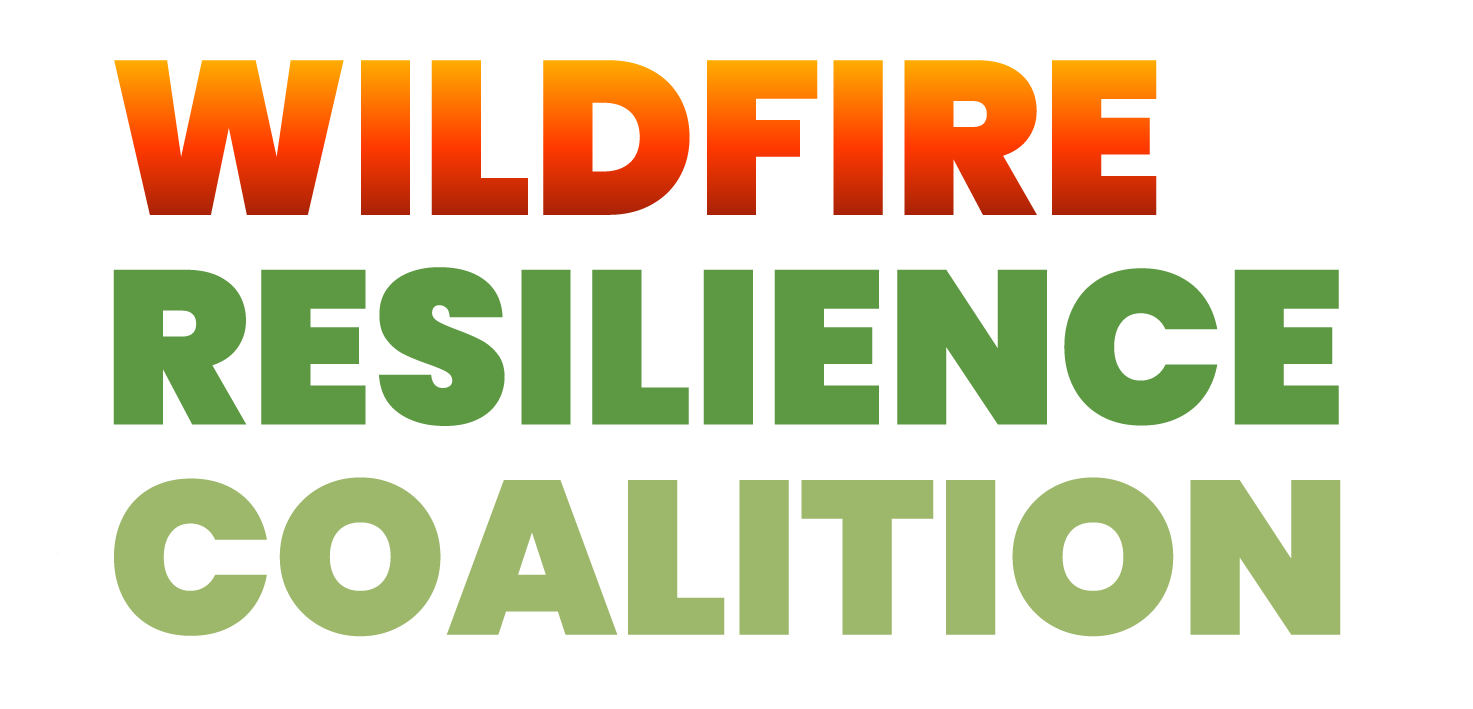Controlled Burning
Controlled Burning
Controlled burning refers to the intentional use of fire for management purposes. The term is used to include both prescribed fire planning and management actions by federal, state, Tribal Nations, local, and private land managers, as well as Indigenous cultural burning, a form of place-based burning practiced by Indigenous Peoples and Tribal Nations that promotes eco system health and cultural resilience.
Scaling up the use of controlled burning and cultural burning is an essential component of reducing wildfire risk to promote resilient landscapes and fire-adapted communities.
Read More
In fire-adapted landscapes, controlled burning creates conditions that reduce the intensity of subsequent wildfires, while also limiting firefighter exposure and risk and enhancing the success of suppression strategies.
Use of safe and appropriate controlled burning has proven to be one of the more effective and cost-efficient means of reducing the risks and impacts of severe wildfire events, restoring and maintaining ecosystem functions and wildlife habitat, and advancing silvicultural goals.
Forest conditions across the West have experienced decades of intensive fire suppression, and many western landscapes require prior treatments, for example hazardous fuels removals, before controlled burning can be introduced to the landscape. In many western conifer forest landscapes, a combination of treatments has achieved the most complete and enduring results.
Annual controlled burning in the western U.S. has remained stable or decreased over the past two decades, with 70 percent of all prescribed fires nationwide taking place in the Southeast. Topography, land-ownership patterns, differing legal and policy regimes, and cultural factors all contribute to this geographic variability in controlled burning.
While limited capacity and funding were the most frequently cited barriers, air quality regulations, smoke impacts and risks to local communities, narrowing burn windows, and liability concerns have been cited as obstacles to scaling prescribed fire in the West.
Trained workforces, funding, and equipment are necessary to plan and successfully implement controlled burns. In this effort, coordination is crucial to effectively monitor and manage smoke to reduce its impacts, particularly among vulnerable communities. Risks should be managed through consistent and predictable liability frameworks for burn operators and private landowners, and funding is essential to manage the inherent risks associated with controlled burning.
Policy solutions are required to:
- more effectively utilize cooperative burn partners;
- leverage the capacity of state and Tribal Nations;
- ensure a consistent, scalable, and predictable program of work among practitioners;
- better communicate and respond to the inherent risks of controlled burn operations;
improve coordination among air quality officials; and; - enhance the use of Basic Smoke Management Practices as a means to address air quality impacts for vulnerable populations.
© John Marshall
